Medical Cannabis - Stigma versus Solution for Pain Management
Author: Thrive Staff Writer
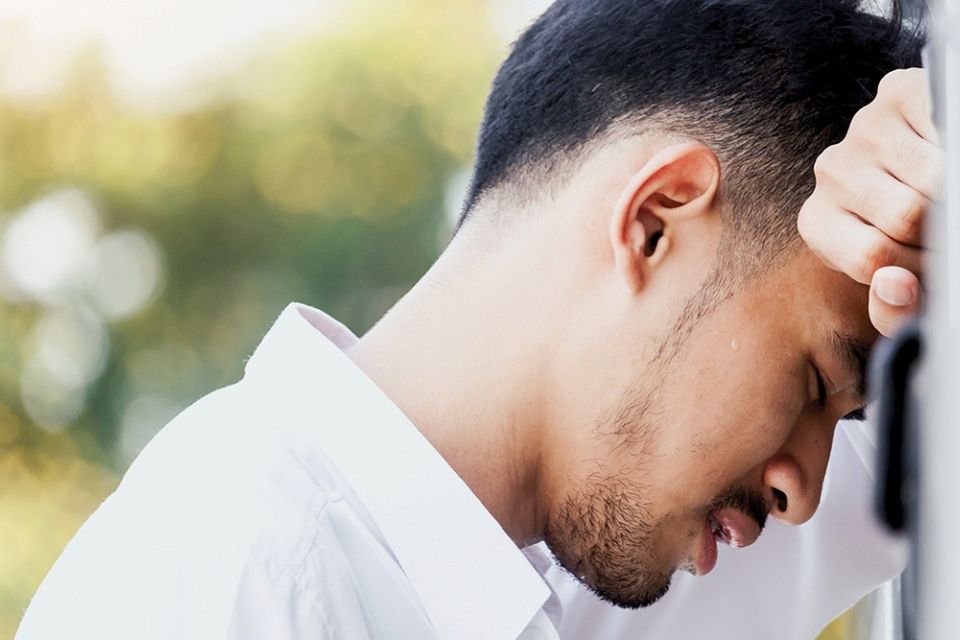
As the Canadian marijuana industry blossoms and public opinion in North America shifts, many are wondering about medical cannabis.
Amputees seek effective pain management with the least amount of side-effects - benefits touted by cannabis.
As the Canadian marijuana industry blossoms and public opinion in North America shifts, many are wondering about medical cannabis. Amputees seek effective pain management with the least amount of side-effects - benefits touted by cannabis. Yet hyped gains have little science to back them up, leaving room for debate and confusion even in the wake of a natural alternative to other prescription drugs.
Marijuana comes in three varieties, Sativa (energetic, euphoric effect), Ruderalis (non-psychedelic effect, stimulates hunger, alleviates nausea) and Indica (relaxing, narcotic effect), and in thousands of strains such as Purple Diesel, Northern Lights, Maui Wowie, Pineapple Express and Blue Dream. It is made up of over 500 unique molecules (with roughly 60 being cannabinoids), making it a complicated grouping of chemicals to study.
Cannabis is often oversimplified into THC (tetrahydrocannabinol), the plant’s key psychoactive compound, and CBD (cannabidiol), a non-intoxicating substance with therapeutic applications, the two chemicals central to the current products offered. THC is thought to help with pain, insomnia and nausea (and produce the ‘high’ effect), and CBD is positioned as an anti-inflammatory agent and pain reliever.
As the Canadian marijuana industry blossoms and public opinion in North America shifts, many are wondering about medical cannabis. Amputees seek effective pain management with the least amount of side-effects - benefits touted by cannabis. Yet hyped gains have little science to back them up, leaving room for debate and confusion even in the wake of a natural alternative to other prescription drugs.
Marijuana comes in three varieties, Sativa (energetic, euphoric effect), Ruderalis (non-psychedelic effect, stimulates hunger, alleviates nausea) and Indica (relaxing, narcotic effect), and in thousands of strains such as Purple Diesel, Northern Lights, Maui Wowie, Pineapple Express and Blue Dream. It is made up of over 500 unique molecules (with roughly 60 being cannabinoids), making it a complicated grouping of chemicals to study.
Cannabis is often oversimplified into THC (tetrahydrocannabinol), the plant’s key psychoactive compound, and CBD (cannabidiol), a non-intoxicating substance with therapeutic applications, the two chemicals central to the current products offered. THC is thought to help with pain, insomnia and nausea (and produce the ‘high’ effect), and CBD is positioned as an anti-inflammatory agent and pain reliever.
Cannabis is often oversimplified into THC (tetrahydrocannabinol), the plant’s key psychoactive compound, and CBD (cannabidiol), a non-intoxicating substance with therapeutic applications, the two chemicals central to the current products offered.
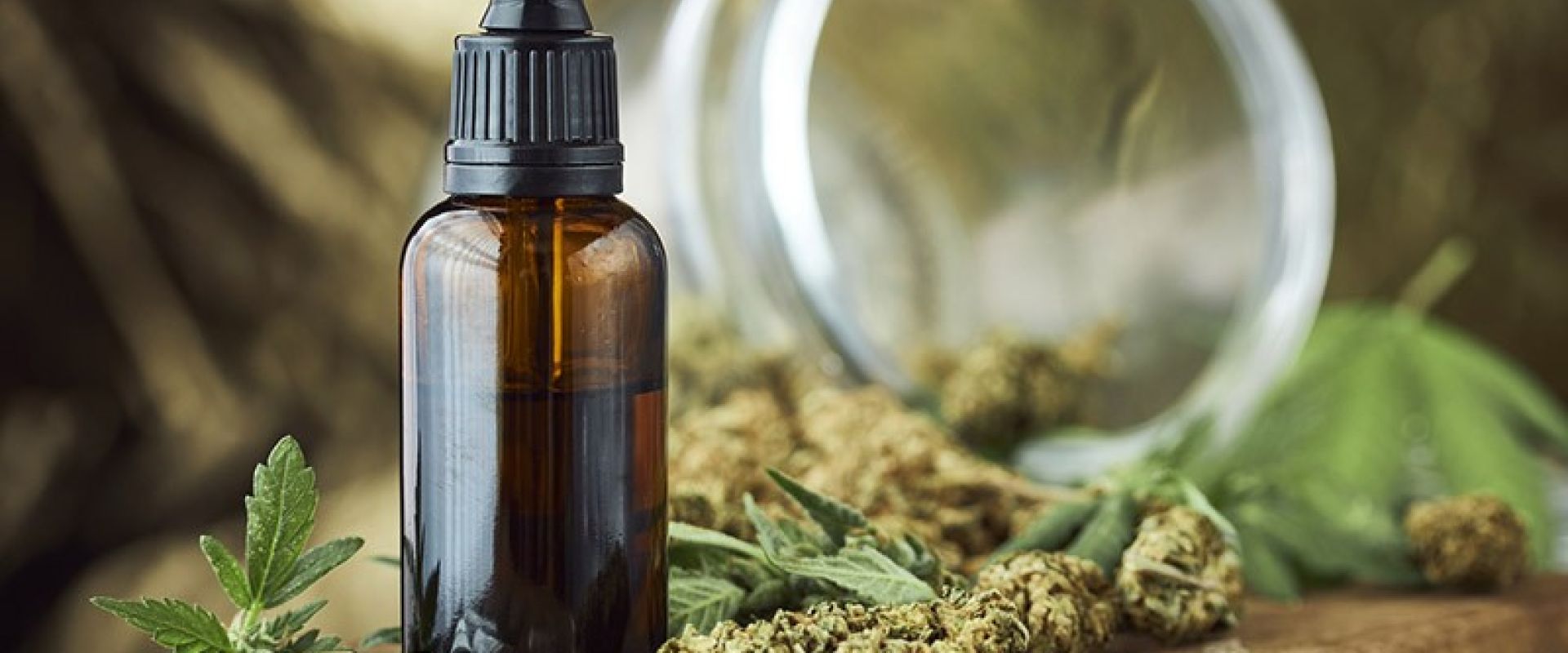
Generally, recreational cannabis has a higher THC content, while medical cannabis has a higher CBD content and is less likely to have psychoactive effects. Cannabis may be introduced in a variety of ways: smoking, vaping, ingesting as edibles, or applied as creams, oils, and even concentrates under the tongue.
Individual experiences vary. Finding a balance is key. “My face feels like a dental patient after the freezing wears off - pins and needles,” tells Terri Amey of Aurora, Ont. “Only it’s all the time.” Amey is describing life after a near-fatal car accident. Her pain has been intense since being pulled from her car in 2009. Several unproductive surgeries on her ankle resulted in an amputation and last year her hip was replaced.
“In the beginning,” Amey explains, “I didn’t know what the solution to my pain would be, so I just followed my doctor’s orders. I learned what I could and couldn’t handle and told him what was best for me. I made it clear that I didn’t want to feel drunk or buzzed. I don’t enjoy that feeling. I wanted to be alert for my kids.”
With any medication there is a balance and Amey was struggling to find it. “Opiates seemed to give me extremes, either making me hyper or comatose,” she remembers. “I was worried about ending up addicted and in rehab, a road I did not want to go down.” A cancer survivor friend steered her towards cannabis at the same time that one of her doctors opened a cannabis clinic, and she gave it a try.
“I just want to function,” Amey emphasizes. “After trying different ways and dosages, I found relief. Cannabis worked for me. It softened the pins and needles. It quieted the phantom limb pain. It helped. There is a stigma though, and it can be difficult to talk about.”
Doctors would prefer universal results with all patients, but in reality some find relief and for others marijuana is not for them. Some are satisfied enough with other methods to allay curiosity.
Chronic, long-lasting pain can present challenges more difficult than acute short-term pain. With chronic pain, opiates or other narcotics rarely perform well. When pain disables the sufferer and grows worse over time, alternative solutions are often sought.
“For pain management, cannabis is all I use,” tells Christine Wigley, an amputee from Ontario. “It took me four horrible months to get off opiates. I find cannabis works 100 percent for me. I use everything… cream, edibles, concentrates, oils and flowers, depending on what I need for the pain. It even helps me with phantom limb pain, with an under-the-tongue form which works quickly. Cannabis is not killing the rest of me while making me pain free.”
Wigley holds passionate opinions about safeguarding her own body, staying vigilant about what she calls the evils of pesticides and “Big Pharma”. She won’t even take Tylenol. She grows her own cannabis. Before settling on treatment, she spent time educating herself on cannabis.
“THC makes you high and drowsy,” she notes. “CBD reduces pain and inflammation. There is a balance. Sometimes I use edibles, but for some they do nothing. I customize my own dosage to how I am feeling. It comforts me that no one has ever died from a cannabis overdose.” But she has experienced marijuana’s lingering stigma. “Some friends and family tease me. ‘The hippie’,” she says. “They see cannabis as a way to chill on the couch when for me, it’s the opposite. Without its help I would be sitting on the couch like a potato disabled by pain.”
Urban myths surrounding marijuana have been refuted: that it kills brain cells, immediately gives you cancer and ruins memory. Cannabis does have its negatives, but like its curative properties, they are not universally experienced. Side effects may include dependence, diarrhea, lethargy, nausea, short-term memory loss, impaired cognitive ability, damage to lung tissue, and in the case of situational abuse, driving and workplace accidents.
Individual experiences vary. Finding a balance is key. “My face feels like a dental patient after the freezing wears off - pins and needles,” tells Terri Amey of Aurora, Ont. “Only it’s all the time.” Amey is describing life after a near-fatal car accident. Her pain has been intense since being pulled from her car in 2009. Several unproductive surgeries on her ankle resulted in an amputation and last year her hip was replaced.
“In the beginning,” Amey explains, “I didn’t know what the solution to my pain would be, so I just followed my doctor’s orders. I learned what I could and couldn’t handle and told him what was best for me. I made it clear that I didn’t want to feel drunk or buzzed. I don’t enjoy that feeling. I wanted to be alert for my kids.”
With any medication there is a balance and Amey was struggling to find it. “Opiates seemed to give me extremes, either making me hyper or comatose,” she remembers. “I was worried about ending up addicted and in rehab, a road I did not want to go down.” A cancer survivor friend steered her towards cannabis at the same time that one of her doctors opened a cannabis clinic, and she gave it a try.
“I just want to function,” Amey emphasizes. “After trying different ways and dosages, I found relief. Cannabis worked for me. It softened the pins and needles. It quieted the phantom limb pain. It helped. There is a stigma though, and it can be difficult to talk about.”
Doctors would prefer universal results with all patients, but in reality some find relief and for others marijuana is not for them. Some are satisfied enough with other methods to allay curiosity.
Chronic, long-lasting pain can present challenges more difficult than acute short-term pain. With chronic pain, opiates or other narcotics rarely perform well. When pain disables the sufferer and grows worse over time, alternative solutions are often sought.
“For pain management, cannabis is all I use,” tells Christine Wigley, an amputee from Ontario. “It took me four horrible months to get off opiates. I find cannabis works 100 percent for me. I use everything… cream, edibles, concentrates, oils and flowers, depending on what I need for the pain. It even helps me with phantom limb pain, with an under-the-tongue form which works quickly. Cannabis is not killing the rest of me while making me pain free.”
Wigley holds passionate opinions about safeguarding her own body, staying vigilant about what she calls the evils of pesticides and “Big Pharma”. She won’t even take Tylenol. She grows her own cannabis. Before settling on treatment, she spent time educating herself on cannabis.
“THC makes you high and drowsy,” she notes. “CBD reduces pain and inflammation. There is a balance. Sometimes I use edibles, but for some they do nothing. I customize my own dosage to how I am feeling. It comforts me that no one has ever died from a cannabis overdose.” But she has experienced marijuana’s lingering stigma. “Some friends and family tease me. ‘The hippie’,” she says. “They see cannabis as a way to chill on the couch when for me, it’s the opposite. Without its help I would be sitting on the couch like a potato disabled by pain.”
Urban myths surrounding marijuana have been refuted: that it kills brain cells, immediately gives you cancer and ruins memory. Cannabis does have its negatives, but like its curative properties, they are not universally experienced. Side effects may include dependence, diarrhea, lethargy, nausea, short-term memory loss, impaired cognitive ability, damage to lung tissue, and in the case of situational abuse, driving and workplace accidents.
Urban myths surrounding marijuana have been refuted: that it kills brain cells, immediately gives you cancer and ruins memory. Cannabis does have its negatives, but like its curative properties, they are not universally experienced.
Personal pain produces individual results. Ironman athlete and wheelchair user Rob Buren struggled with nerve pain for years. From his Rock The Chair blog, he shares, “Feeling like I’ve exhausted all of the alternatives, I finally made the decision to try medicinal cannabis.
“After meeting with a doctor specializing in medicinal marijuana, two kinds of cannabis oils that I can ingest were prescribed. After six weeks of daytime and nighttime oils at increasing dosages, the most significant effects of this medicine was a guaranteed evacuation of my bowels. The last time I upped the dosage brought on blurred vision and a headache the following day. The blurred vision was so worrisome that I looked up the symptoms of having a stroke. This is not the outcome I was hoping for. I know there are many strains of cannabis and I’ll have to experiment. But I’m only able to do so when my schedule is free. I can’t try a medicine if I need to drive somewhere or meet with someone that day.
But Buren hasn’t given up. “My struggle with neuropathic pain remains, and I continue to experiment with cannabis products because traditional drugs don’t work and the side-effects are horrendous.”
Even though cannabis may not be for everyone, researchers are motivated to document its value. Experiences with cannabis are diverse, but not thought to be as potentially serious as opiates. Cannabis’s side-effects do not prevent some physicians from considering it as a new addition to their tool chest.
“I have been prescribing cannabis for six years,” offers Dr. Ricardo Viana of Saint Joseph’s Health Care in London, Ont. “I don’t consider it as alternative medicine. It’s a prescription drug choice that works well for many. It is one of several options for treating a patient with chronic pain,” he maintains.
“Cannabis comes with a stigma derived from a lack of understanding,” Viana continues. “But that is changing as clinical research is forming a foundation for doctors to stand upon. As a medication, it has barriers that other treatment choices may not, such as its association with recreational hallucinogens and its expense. Treating pain is about restoring health and soothing the limbic system in the brain that is responsible for emotion, moods and anxiety, making it very individualized. I start low and go slow with any medication while learning the response. Guidelines for any medication are always adhered to, and closely monitored. We monitor energy level, mobility and alertness as well as pain relief.”
Smoking marijuana provides quick effects, fast relief in a pain crisis, yet one must keep in mind lung health concerns. Oral versions take longer and require higher dosages, but last longer. Yet with narcotics, negative behaviour is always a concern, and all pain medications carry the risk of abuse. “In six years our practice has not experienced a patient who found cannabis as a gateway to hard drugs and fell into that trouble,” Viana confirms. “Cannabis is not for everyone and some may not feel relief from it. Nausea or sluggishness have been complaints, but I have seen positive results. There is no single magical intervention for pain.”
Research continues and Canada has many researchers advancing knowledge in the field, such as Apollo Research in Toronto operated by CEO Bryan Hendin. “We were founded in 2013 as a medical cannabis research organization and we conduct observational research on medical cannabis and chronic pain, and on PTSD,” explains Hendin. “We are Canada’s leading evidence-based medical cannabis clinic,” says Holly Bennett, Marketing and Communications Manager of Apollo Cannabis Clinics. “Apollo is a medical cannabis clinic,” Bennett continues, “which means we are a doctor’s office prescribing medical cannabis. We teach patients how to use medical cannabis for their conditions. We help patients register with Health Canada-approved licensed producers that best suit their needs. Medical cannabis is very personalized medicine, and as such we help every patient create a personalized treatment plan with recommended products, doses and methods of administration for success in gaining relief.”
Most of Apollo’s patients suffer from pain, sleep issues, and anxiety. “We know that many family doctors are not comfortable with prescribing medical cannabis, or don’t know how to,” acknowledges Bennett. “As so, we have ten physicians and healthcare practitioners who are experts in prescribing medical cannabis. We have the ability to serve patients across Canada and we don’t require a referral to be seen. You can refer yourself to us if your physician is not comfortable with prescribing medical cannabis treatment.”
Bryan’s brother Ross Hendin, CEO and cofounder of Allevio Healthcare, describes his clinic as the “gold standard for pain care”. Ross launched the clinic out of concern for his mother. “I decided it would be quicker to develop a clinic on my own than to wait to get her the expert care she needed,” he shares. “Pain is a mystery; it is physical but psychologically felt. Not all treatments are appropriate for everyone.” With a more conservative foundation, Allevio does not offer cannabis presently. What felt right to Ross was to open a separate clinic for cannabis, the one in which his brother Bryan is the CEO.
Involvement with cannabis is a personal decision, one that is progressing as science learns more. Reading and talking to experts is easy. The hardest part may be sharing your thoughts about cannabis with family and friends. “The hardest part of taking cannabis for me was talking about it honestly with my kids,” admits Amey. But as with many things, the difficult decision is often the correct choice. Dealing with awkward conversations is a minor inconvenience but much less painful, comparatively speaking.
“After meeting with a doctor specializing in medicinal marijuana, two kinds of cannabis oils that I can ingest were prescribed. After six weeks of daytime and nighttime oils at increasing dosages, the most significant effects of this medicine was a guaranteed evacuation of my bowels. The last time I upped the dosage brought on blurred vision and a headache the following day. The blurred vision was so worrisome that I looked up the symptoms of having a stroke. This is not the outcome I was hoping for. I know there are many strains of cannabis and I’ll have to experiment. But I’m only able to do so when my schedule is free. I can’t try a medicine if I need to drive somewhere or meet with someone that day.
But Buren hasn’t given up. “My struggle with neuropathic pain remains, and I continue to experiment with cannabis products because traditional drugs don’t work and the side-effects are horrendous.”
Even though cannabis may not be for everyone, researchers are motivated to document its value. Experiences with cannabis are diverse, but not thought to be as potentially serious as opiates. Cannabis’s side-effects do not prevent some physicians from considering it as a new addition to their tool chest.
“I have been prescribing cannabis for six years,” offers Dr. Ricardo Viana of Saint Joseph’s Health Care in London, Ont. “I don’t consider it as alternative medicine. It’s a prescription drug choice that works well for many. It is one of several options for treating a patient with chronic pain,” he maintains.
“Cannabis comes with a stigma derived from a lack of understanding,” Viana continues. “But that is changing as clinical research is forming a foundation for doctors to stand upon. As a medication, it has barriers that other treatment choices may not, such as its association with recreational hallucinogens and its expense. Treating pain is about restoring health and soothing the limbic system in the brain that is responsible for emotion, moods and anxiety, making it very individualized. I start low and go slow with any medication while learning the response. Guidelines for any medication are always adhered to, and closely monitored. We monitor energy level, mobility and alertness as well as pain relief.”
Smoking marijuana provides quick effects, fast relief in a pain crisis, yet one must keep in mind lung health concerns. Oral versions take longer and require higher dosages, but last longer. Yet with narcotics, negative behaviour is always a concern, and all pain medications carry the risk of abuse. “In six years our practice has not experienced a patient who found cannabis as a gateway to hard drugs and fell into that trouble,” Viana confirms. “Cannabis is not for everyone and some may not feel relief from it. Nausea or sluggishness have been complaints, but I have seen positive results. There is no single magical intervention for pain.”
Research continues and Canada has many researchers advancing knowledge in the field, such as Apollo Research in Toronto operated by CEO Bryan Hendin. “We were founded in 2013 as a medical cannabis research organization and we conduct observational research on medical cannabis and chronic pain, and on PTSD,” explains Hendin. “We are Canada’s leading evidence-based medical cannabis clinic,” says Holly Bennett, Marketing and Communications Manager of Apollo Cannabis Clinics. “Apollo is a medical cannabis clinic,” Bennett continues, “which means we are a doctor’s office prescribing medical cannabis. We teach patients how to use medical cannabis for their conditions. We help patients register with Health Canada-approved licensed producers that best suit their needs. Medical cannabis is very personalized medicine, and as such we help every patient create a personalized treatment plan with recommended products, doses and methods of administration for success in gaining relief.”
Most of Apollo’s patients suffer from pain, sleep issues, and anxiety. “We know that many family doctors are not comfortable with prescribing medical cannabis, or don’t know how to,” acknowledges Bennett. “As so, we have ten physicians and healthcare practitioners who are experts in prescribing medical cannabis. We have the ability to serve patients across Canada and we don’t require a referral to be seen. You can refer yourself to us if your physician is not comfortable with prescribing medical cannabis treatment.”
Bryan’s brother Ross Hendin, CEO and cofounder of Allevio Healthcare, describes his clinic as the “gold standard for pain care”. Ross launched the clinic out of concern for his mother. “I decided it would be quicker to develop a clinic on my own than to wait to get her the expert care she needed,” he shares. “Pain is a mystery; it is physical but psychologically felt. Not all treatments are appropriate for everyone.” With a more conservative foundation, Allevio does not offer cannabis presently. What felt right to Ross was to open a separate clinic for cannabis, the one in which his brother Bryan is the CEO.
Involvement with cannabis is a personal decision, one that is progressing as science learns more. Reading and talking to experts is easy. The hardest part may be sharing your thoughts about cannabis with family and friends. “The hardest part of taking cannabis for me was talking about it honestly with my kids,” admits Amey. But as with many things, the difficult decision is often the correct choice. Dealing with awkward conversations is a minor inconvenience but much less painful, comparatively speaking.


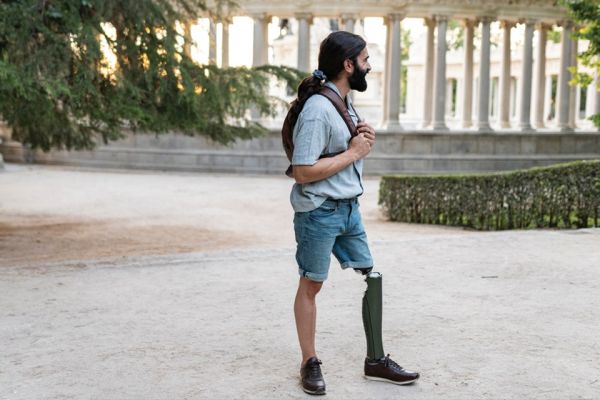
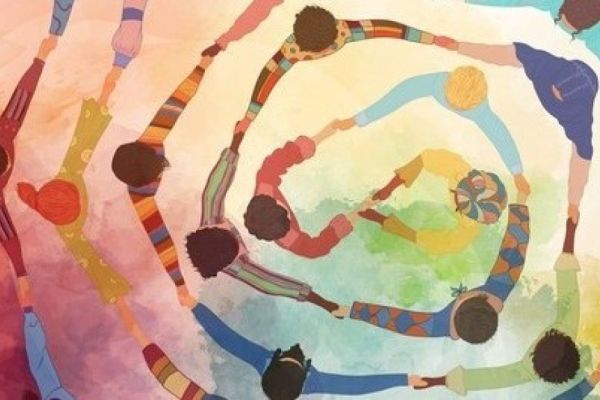
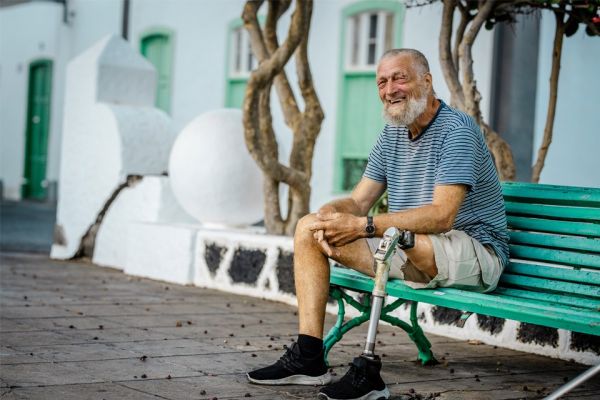


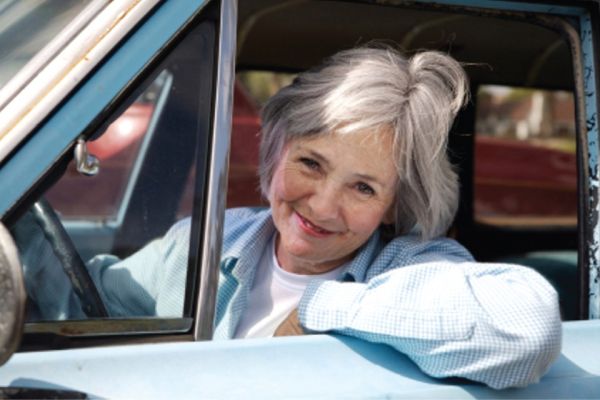

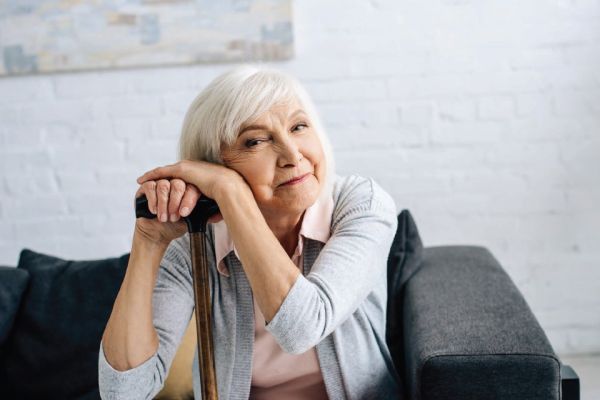
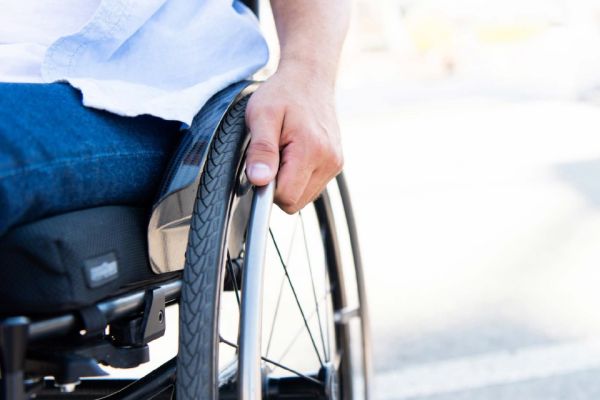
 How to resolve AdBlock issue?
How to resolve AdBlock issue?